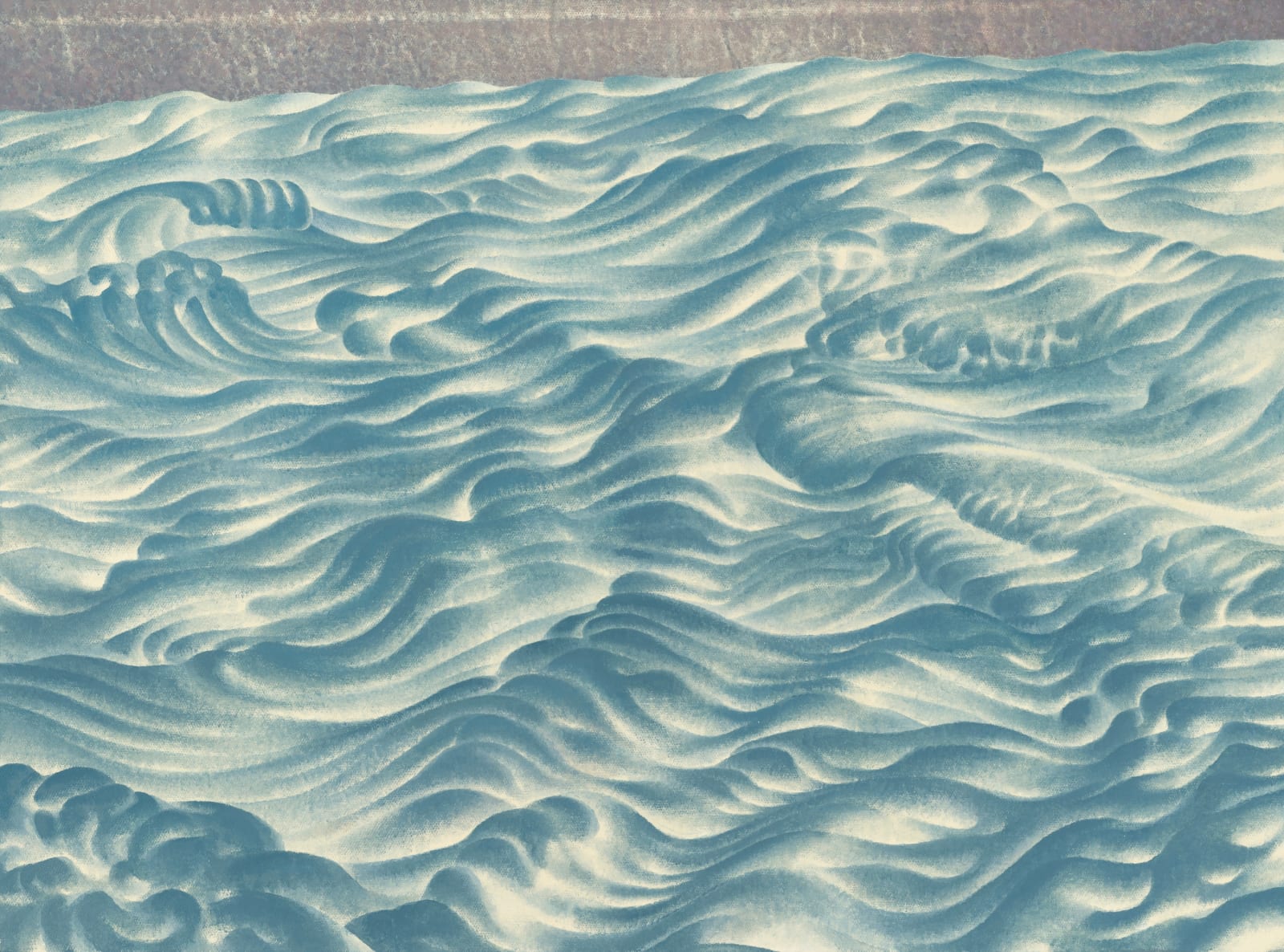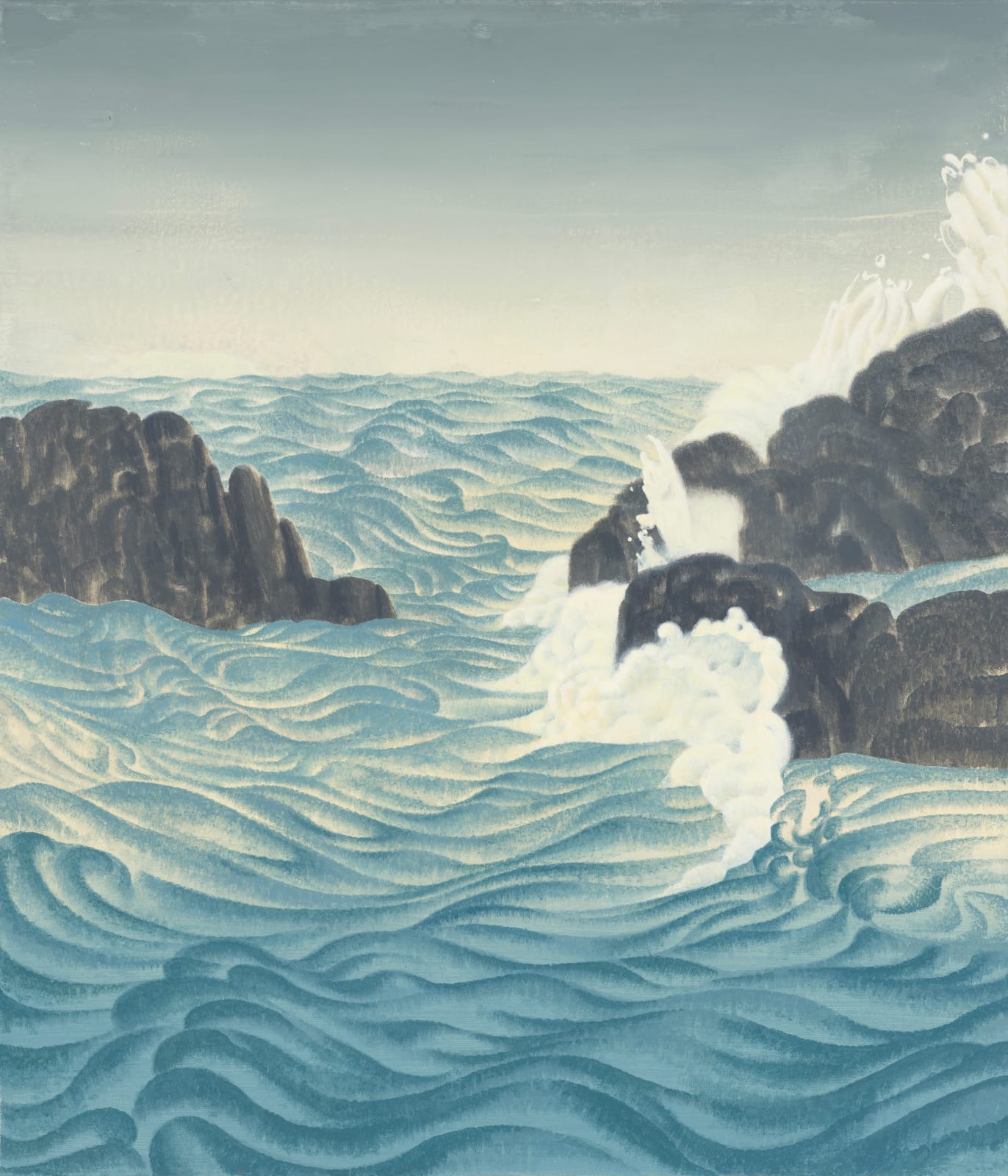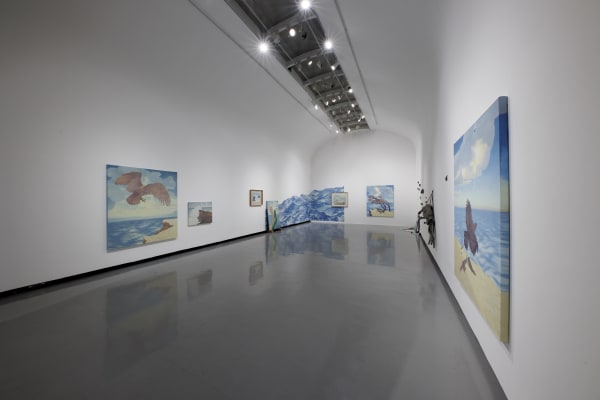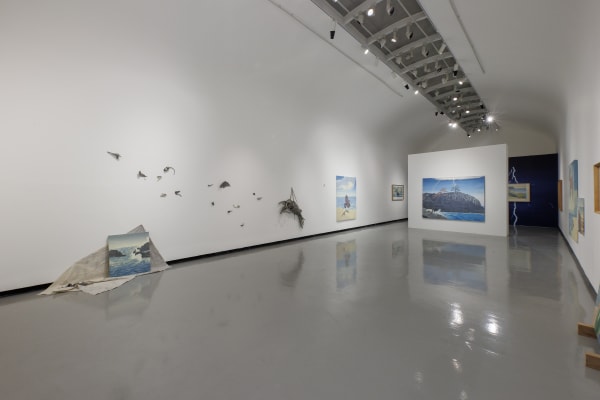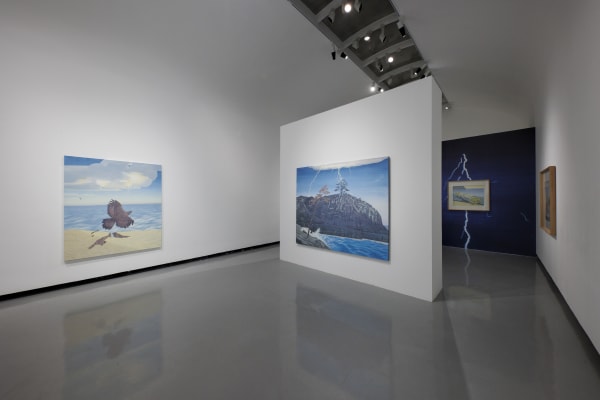Meghdad Lorpour | "Nashi Wind": +2 [Deh-Vanak]
-
 Installation view of Nashi Wind a solo exhibition of works by Meghdad Lorpour.
Installation view of Nashi Wind a solo exhibition of works by Meghdad Lorpour. -
 Installation view of Nashi Wind a solo exhibition of works by Meghdad Lorpour.
Installation view of Nashi Wind a solo exhibition of works by Meghdad Lorpour. -
 Installation view of Nashi Wind a solo exhibition of works by Meghdad Lorpour.
Installation view of Nashi Wind a solo exhibition of works by Meghdad Lorpour. -
 Installation view of Nashi Wind a solo exhibition of works by Meghdad Lorpour.
Installation view of Nashi Wind a solo exhibition of works by Meghdad Lorpour. -
 Installation view of Nashi Wind a solo exhibition of works by Meghdad Lorpour.
Installation view of Nashi Wind a solo exhibition of works by Meghdad Lorpour. -
 Installation view of Nashi Wind a solo exhibition of works by Meghdad Lorpour.
Installation view of Nashi Wind a solo exhibition of works by Meghdad Lorpour. -
 Installation view of Nashi Wind a solo exhibition of works by Meghdad Lorpour.
Installation view of Nashi Wind a solo exhibition of works by Meghdad Lorpour. -
 Installation view of Nashi Wind a solo exhibition of works by Meghdad Lorpour.
Installation view of Nashi Wind a solo exhibition of works by Meghdad Lorpour. -
 Installation view of Nashi Wind a solo exhibition of works by Meghdad Lorpour.
Installation view of Nashi Wind a solo exhibition of works by Meghdad Lorpour. -
 Installation view of Nashi Wind a solo exhibition of works by Meghdad Lorpour.
Installation view of Nashi Wind a solo exhibition of works by Meghdad Lorpour. -
 Installation view of Nashi Wind a solo exhibition of works by Meghdad Lorpour.
Installation view of Nashi Wind a solo exhibition of works by Meghdad Lorpour. -
 Installation view of Nashi Wind a solo exhibition of works by Meghdad Lorpour.
Installation view of Nashi Wind a solo exhibition of works by Meghdad Lorpour. -
 Installation view of Nashi Wind a solo exhibition of works by Meghdad Lorpour.
Installation view of Nashi Wind a solo exhibition of works by Meghdad Lorpour. -
 Installation view of Nashi Wind a solo exhibition of works by Meghdad Lorpour.
Installation view of Nashi Wind a solo exhibition of works by Meghdad Lorpour. -
 Installation view of Nashi Wind a solo exhibition of works by Meghdad Lorpour.
Installation view of Nashi Wind a solo exhibition of works by Meghdad Lorpour. -
 Installation view of Nashi Wind a solo exhibition of works by Meghdad Lorpour.
Installation view of Nashi Wind a solo exhibition of works by Meghdad Lorpour. -
 Installation view of Nashi Wind a solo exhibition of works by Meghdad Lorpour.
Installation view of Nashi Wind a solo exhibition of works by Meghdad Lorpour. -
 Installation view of Nashi Wind a solo exhibition of works by Meghdad Lorpour.
Installation view of Nashi Wind a solo exhibition of works by Meghdad Lorpour. -
 Installation view of Nashi Wind a solo exhibition of works by Meghdad Lorpour.
Installation view of Nashi Wind a solo exhibition of works by Meghdad Lorpour. -
 Installation view of Nashi Wind a solo exhibition of works by Meghdad Lorpour.
Installation view of Nashi Wind a solo exhibition of works by Meghdad Lorpour. -
 Installation view of Nashi Wind a solo exhibition of works by Meghdad Lorpour.
Installation view of Nashi Wind a solo exhibition of works by Meghdad Lorpour. -
 Installation view of Nashi Wind a solo exhibition of works by Meghdad Lorpour.
Installation view of Nashi Wind a solo exhibition of works by Meghdad Lorpour. -
 Installation view of Nashi Wind a solo exhibition of works by Meghdad Lorpour.
Installation view of Nashi Wind a solo exhibition of works by Meghdad Lorpour. -
 Installation view of Nashi Wind a solo exhibition of works by Meghdad Lorpour.
Installation view of Nashi Wind a solo exhibition of works by Meghdad Lorpour. -
 Installation view of Nashi Wind a solo exhibition of works by Meghdad Lorpour.
Installation view of Nashi Wind a solo exhibition of works by Meghdad Lorpour. -
 Installation view of Nashi Wind a solo exhibition of works by Meghdad Lorpour.
Installation view of Nashi Wind a solo exhibition of works by Meghdad Lorpour. -
 Installation view of Nashi Wind a solo exhibition of works by Meghdad Lorpour.
Installation view of Nashi Wind a solo exhibition of works by Meghdad Lorpour.
Nashi Wind
Meghdad Lorpour
December 13, 2024 - January 10, 2025
+2 announces “Nashi Wind”, a solo exhibition of works by Meghdad Lorpour. The exhibition opens on Friday, December 13, 2024, and continues through January 10, 2025. Dastan has hosted numerous shows that have included Lorpour’s work, most recently at its booth at Frieze London 2024, as well as solo presentations at The Armory Show 2021, Artissima 2018, and solo exhibitions at +2 (“Daryábár”, 2018) and Electric Room, Dastan:Outside (“Tangāb”, 2017). “Nashi Wind” has been curated by Ashkan Zahraei, who has been working with Lorpour for years, and an extensive interview between the two was recently published as a book (“A Pale Surviving Sight”, 009821Projects, 2022).
Meghdad Lorpour’s “Nashi Wind” traces a decade-long journey through the landscapes and histories of Iran’s central and southern regions, focusing on the bodies of water that have shaped their geography, culture, and mythology. Building on his earlier series, “Daryábár” (2018) and “Dislocate and Displace” (2021), Lorpour continues his exploration of the southern regions of Iran, an area known for its ancient human settlements and striking natural wonders. Since 2014, he has studied the role of water in these landscapes, observing how its presence —or absence— has defined both nature and human life.
Named after a coastal Hormozgan-province winter wind, in “Nashi Wind,” Lorpour turns his focus to the intangible yet powerful presence of the wind, weaved into the series both as a visual theme and a subject matter. In these works, wind is not depicted directly. Still, its presence is perceived through the movement and the rhythm of his compositions as well as the overall progression of the series —in the way forms appear weathered, eroded, or reshaped by this unseen force. The series reflects on loss and absence—of places reshaped or erased by time, of landscapes ravaged by climate change, and of the delicate balance between nature and human intervention. Lorpour brings these vanishing worlds into focus, offering a quiet yet urgent meditation on what remains and what has been lost. With the meticulousness found in scientific illustrations and studies, his work solidifies water’s ever-changing nature into something unyielding.
Absence is a key theme in Meghdad Lorpour’s compositions and perspectives —on one hand, many of the sights he paints either no longer exist as they have been depicted in the pieces or have been entirely erased, and on the other hand, the artist controls the viewer’s range of vision and field of view by limiting perspective, depth, frame, and visual cues. In his three-dimensional papier-mâché pieces, the same effect is intensified by introducing a sense of ambiguity —while appearing as eerily familiar objects, one cannot pinpoint what these are and the purpose they serve. They appear like ancient objects that have continued to live on through history, gradually reshaped and morphed by the passage of time, the introduction and propagation of culture, the greedy gaze of humanity, and gently-erosive marks of the cycle of life.
In the course of his research, the artist would engage in comparative analyses of historical data, older accounts, sketches and photographs, personal memories of the locations in the past, and present-day observations. This approach would often lean towards corroborating the substantial changes in the natural landscapes as well as the difficult truth about the fast-paced, dire effects of climate change in the region. While drought and climate warming have been and remain global issues, their severity has been felt especially intensely in Middle Eastern countries. These hard facts and the many human factors, notably mismanagement of the already-scarce resources and administrative failure as well as regional disputes, are parameters that have continuously contributed to environmental degradation, wars over water, mass immigration, and much more.
Meghdad Lorpour, who is currently based in Tehran some seven hundred kilometers north of his hometown of Shiraz in Fars Province, often supplements his desk research with travel, observation, documentation, and a contemplative approach to painting. He frequently visits the sites in Fars Province and the southern regions of Iran, including the Tangāb area, the now-dried Lake Parishan, Lake Bakhtegan, Lake Maharloo, Hamun Oasis, as well as Goor Plain, and Hengam Island, all of which were home to ancient human settlements, possessing an aura of mythological history to them. Gathering images and inspirations, he would then start work on his compositions, taking ideas from both historical accounts, i.e., the experience of others, and his observations and research. He extends his practice beyond the studio, transforming painting into an act of engagement: fieldwork, travel, and observation intermingle with memory and precise research.
![Meghdad Lorpour | 'Nashi Wind', +2 [Deh-Vanak]](https://artlogic-res.cloudinary.com/w_800,h_800,c_limit,f_auto,fl_lossy,q_auto/ws-dastan/usr/images/exhibitions/group_images_override/533/meghdad-lorpour5.jpg)







